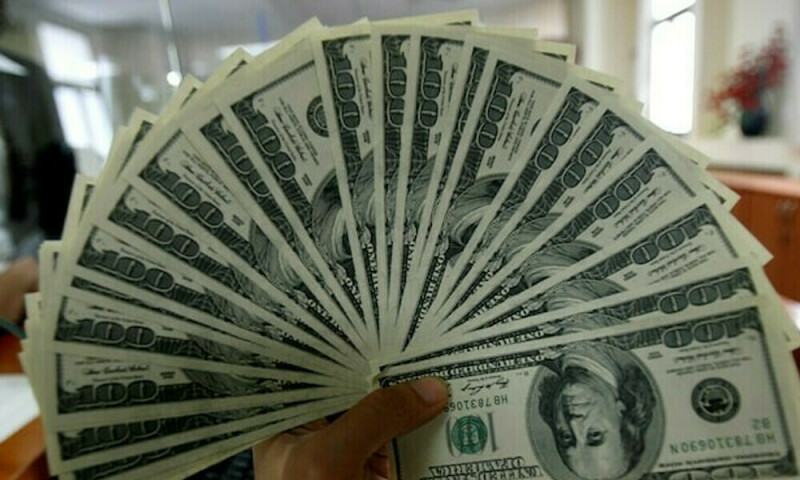Rupee’s Performance Against US Dollar Since 04 March 2025
The Pakistani rupee posted marginal gain against the US dollar, appreciating by 0.02% during trading in the inter-bank market on Wednesday.
At close, the local currency settled at 280.97 against the greenback.
On Tuesday, the rupee had closed the day at 281.02.
Internationally, the US dollar was steady on Wednesday but poised for its weakest monthly performance since November 2022 as erratic US trade policies under President Donald Trump left the greenback vulnerable while boosting the euro, yen and Swiss franc.
The White House has retreated several times on the sweeping tariffs Trump unveiled in early April that led to a global stock market meltdown and prompted investors to flee the normally safe-haven U.S. dollar and Treasury debt.
Trump signed a pair of orders on Tuesday to soften the blow of his auto tariffs with a mix of credits and relief from other levies on materials.
Trump’s trade team also touted its first deal with a foreign trading partner, while US Treasury Secretary Scott Bessent said the administration is making progress on tariff negotiations, noting that deals are forthcoming for India and South Korea.
The developments helped ease some tensions as investors and companies worry about the economic fallout of the tariffs, with indications the duties will weigh on growth and could drive up inflation and unemployment.
Oil prices, a key indicator of currency parity, edged lower in early Asian trading on Wednesday as President Donald Trump’s erratic tariff policies raised concerns about weakening global economic growth and fuel demand.
Brent crude futures fell by 17 cents, or 0.26%, to $64.08 per barrel by 0015 GMT. U.S. West Texas Intermediate crude futures dropped 12 cents, or 0.2%, to $60.3 a barrel.
Both benchmarks posted their lowest settlement prices since April 10 in the previous session.
Trump’s tariffs on imports into the U.S. have made it probable the global economy will slip into recession this year, according to a Reuters poll.
China, hit with the steepest tariffs, has responded with its own levies against U.S. imports, stoking a trade war between the top two oil-consuming nations.


